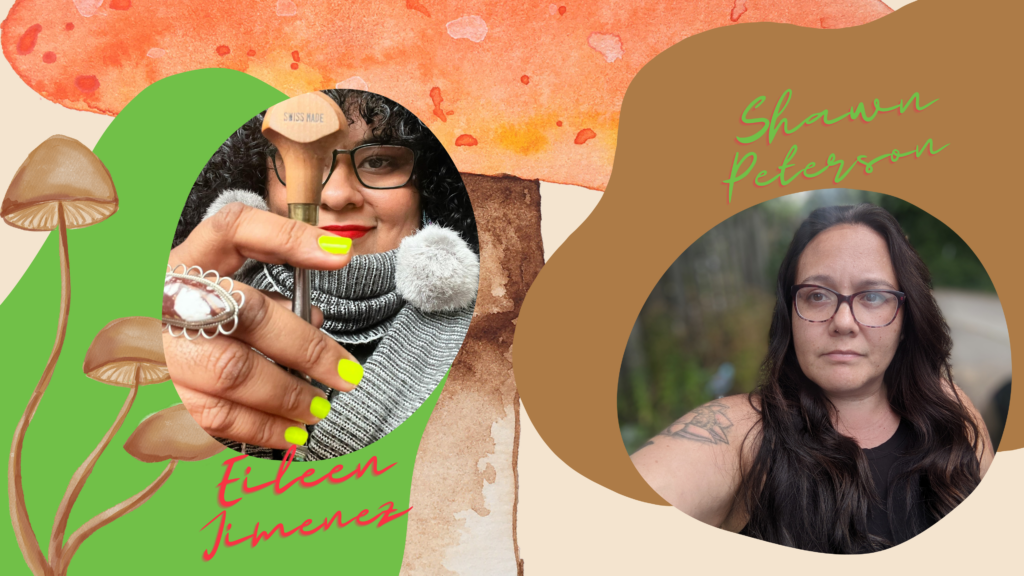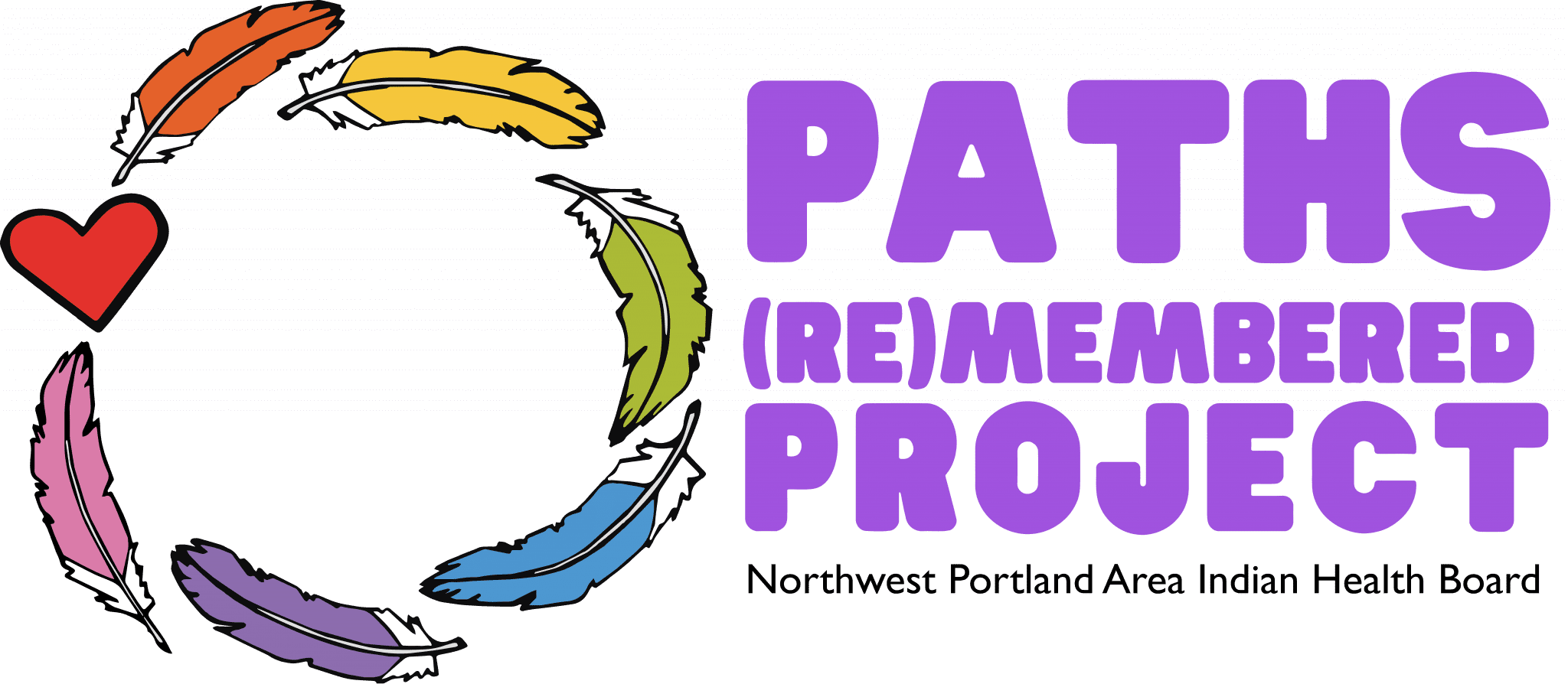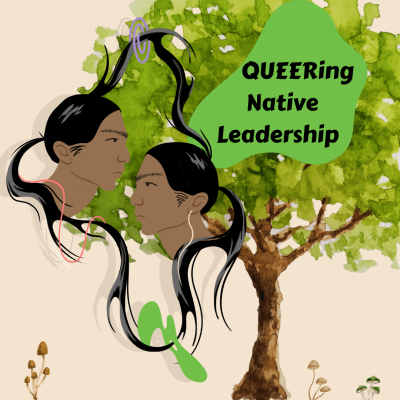When you think about leadership and what it could look like in our community, what about a different way of leading gives you joy?
Eileen: I think about joy when I sit in on classroom observations and hear students be kind to each other and share their own stories. I feel like, Oh, this is why I came to do what I do. Moments like those remind me there’s a point, that I am supposed to be here at this moment in time, as a leader, stewarding some of this process.
Shawn: I love that. Thinking about my current situation, I’m really trying to come from a place of healing, to think about leadership in the sense of working, collectively, calling on community and saying, What can we do as a community to acknowledge and respond to this? When I’m in my leadership role I don’t feel like it’s just me. I feel like it’s all the people—my colleagues and the people who can’t sit in these spaces, who haven’t had access to these spaces. When I have a leadership role, that’s a privilege. And it’s my responsibility to create that space for others. I want to change the nonprofit structure, to ask how we are responsive to our communities and our people. I want our processes to allow a whole person to show up in the workspace. You can’t separate yourself from who you are when you’re not at work.
What does it mean for you to queer the notion of leadership. And that doesn’t mean just like thinking about queerness in leadership and what it means to be queer folks in leadership roles, but also what does that practice look like to you?
Eileen: There’s a quote by Ocean Vuong or bell hooks that talks about queerness outside of who we’re with, how being queer means creating spaces where you can exist just how you exist. I think about that as someone who is queering leadership. There’s so much violence even amongst native people. People so often have the approach of, I had to do it this way, so you should too, rather than, All of this is messed up. Let’s think about a different way of being and living. Let’s create a different future? What if we reimagine all of it? That’s what queering leadership feels like to me.
Shawn: Yeah, why can’t we create something different? Just because we’ve done something one way for a long time, why do we have to continue to do that? It’s hard when you’re ingrained within specific processes, and that’s what makes you feel comfortable and safe. Part of existing as a queer person is existing in spaces that don’t feel safe, spaces where you can’t show up in that way. Our identities have so much complexity—if one piece isn’t able to show up in a workspace, for instance, how are we supposed to bring the rest of ourselves forward in that space?
What I’m hearing, or one of the pieces I’m hearing, is that our orientation to work in this larger infrastructure that we live in now is inherently traumatic. And so the typical approach that organizations and workplaces take is to try to heal collectively within this container that’s continuing to cause harm without looking at the container. What would you say to folks who are wanting to do that work of reimagining, but are worried about replicating aspects of harm that are built into the larger system now?
Eileen: Listening. I think a lot of people make decisions for other people and don’t listen to the actual impact of those decisions. I work at a college, so I think about listening to students, but this is also true in community. I’m part of a lot of artist spaces, and a lot of my friends don’t apply to arts grants, because the applications are long and painful and ask us to write about ourselves in harmful ways. And then at the end of the day, you don’t get the grant. Have these grant organizations ever asked artists, How is this application feeling for you? Is this working for you? And listened to their answers?
What is the role of art in reimagining leadership?
Eileen: That’s a big question. I research how art can help us heal our brains and think about learning in a different way. In my own life, art helps me process my emotions, the things that are happening for me and in the larger society. Especially as someone who needed to be disconnected from my emotions, to move through the world in a dissociated state because of all the trauma, art is the way I can speak. When I’m gifting people art, I’m like, I don’t know how to tell you I love you, but here is this piece of art that I’ve made. I’ve been increasingly trying to create art from a place of joy, you know, to bring it back to that first question. I feel like a lot of times people think of Indigenous people or people of color as traumatized people, like that’s the only place we exist, so it feels really beautiful to create art from our stories, our families, and our communities, and to show that we are joyful, happy, healing people.
Shawn: Yeah, to bounce off that, there’s so much beauty, and art is one way that shows up. When we’ve held workshops—whether it’s weaving or painting or plant medicine—anytime we’re sitting together, we’re telling stories. So to me it’s about creating that art, that thing, but it’s also about the stories, the getting to know one another, the sharing. That would have been what our ancestors did while they were doing these things, sitting for hours and hours, weaving and beading, spending time together. And leadership shows up there. People are teaching. Teaching how to make the thing, but also teaching the stories. That’s how things are passed. And leaders aren’t just the people up front, either. That’s something I often think about, how in organizing, to be a leader, you don’t have to be out there on the streets up front, being the loudest. You can be that quiet leader in the back, supporting the people up front. That’s just as valuable.
When harm has been done by someone who is a leader, when they make a toxic decision, or are operating in a way that is harmful, how do you imagine creating healing from that?
Shawn: Healing to me is that we can acknowledge that mistakes happen. We’re human. No matter what position you’re in, at some point somebody’s going to make a bad decision. Hopefully, we can recognize it as a bad decision and decide what we’re going to do moving forward to keep it from happening again. I think about our young ones growing up. You see something happen and you redirect and say, What’s the lesson here? How are we going to move forward differently? We’re not meant to be stagnant people. We evolve and we grow and change and we learn.
Eileen’s mother is Maria Cruz Jimenez, her grandmother is Eloisa Saavedra, and her great-grandmother is Isidora Saavedra, matriarchs of the Ñätho (Otomí peoples). Eileen is a queer printmaker living on occupied territories of the Coast Salish peoples.
Shawn Peterson, Nuu-chah-nulth First Nations, (she/her), is a community organizer and activist with 8 years experience in youth program development and implementation. She is passionate about supporting Native youth and their families, ensuring they have culturally relevant support, affirming spaces, and the resources needed to live a vibrant life.



